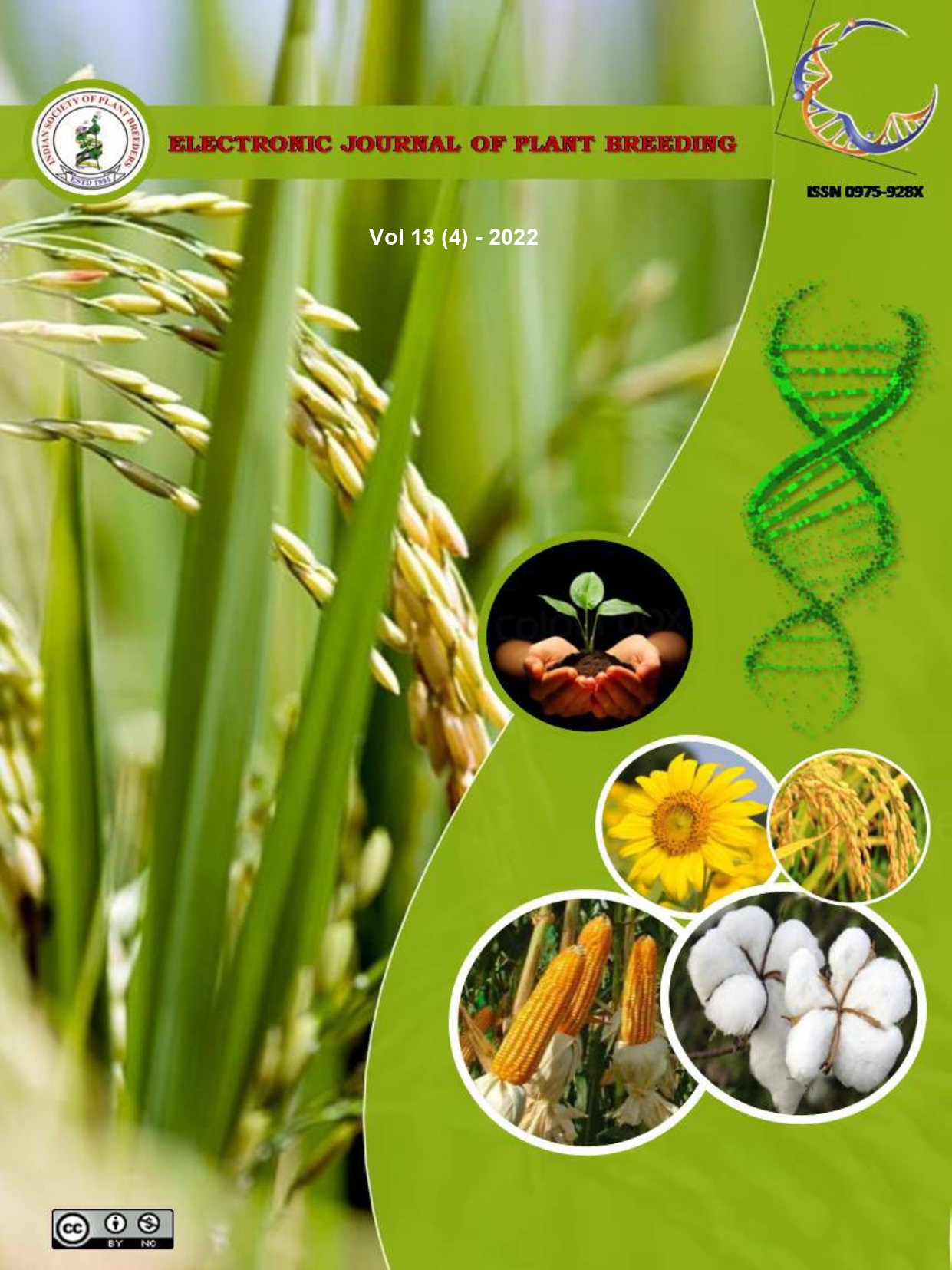Mutagenic effectiveness, efficiency and dose optimization of gamma rays in papaya (Carica papaya L.) varieties
Abstract
The present study was conducted to determine the mutagenic effectiveness, efficiency and lethal dose of gamma rays in papaya varieties CO7, Arka Prabhath and Arka Surya. Papaya seeds were exposed to various doses of gamma rays (0Gy, 100Gy, 150Gy, 200Gy, 250Gy, 300Gy, 350Gy, 400Gy, 450Gy and 500Gy) and the mutagenic effectiveness and efficiency of gamma rays were assessed based on the chlorophyll mutation frequency and biological damage in M1plant basis. There was a negative relationship between mutagenic effectiveness and efficiency with the doses of gamma irradiation. LD50 value was optimized in CO7, Arka Prabhath and Arka Surya as 354, 348 and 341Gy respectively. Generally, the germination, survival and growth rate of papaya decreased with an increase in gamma irradiation doses. Lower doses of mutations created very few mutations and higher doses of gamma irradiation induced lethality and sterility of seedlings whereas, lethal dose 50 has proved to be more effective in inducing desirable mutations in papaya. Since identifying the mutagenic efficiency and effectiveness of the mutagen and optimization of lethal dose is the preliminary step in any mutagenic experiment, this study will offer a foundation for further gamma irradiation studies in papaya to develop desirable mutants.

